Fashion and Non-fashion and the Beat Generation
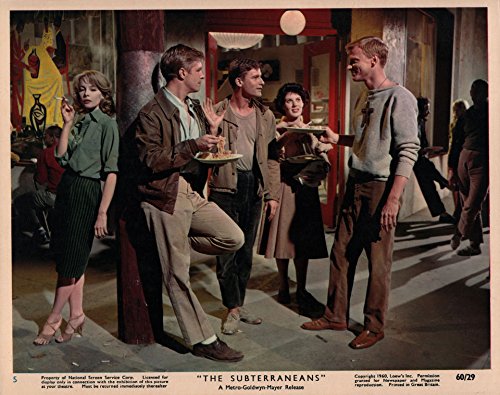
by Sally Norton, First published for the March/April 2006 issue of Finery
The 1950s Beat Movement in San Francisco was a non-fashion moment. Clothing was of minimal importance to the San Francisco writers, poets and musicians in North Beach. Words, music and ideas mattered. Clothing was practical, necessary and of little aesthetic value.
You would see people wearing ordinary, everyday clothing that reflects 1950s styles of modestly priced clothing. The fit of these clothes is merely adequate. This is clothing as covering; it is not intentionally non-fashion. It is non-fashion because fashion is simply of no importance to these people. There is minimal effort to personalize one’s ensemble. Few of the women wear jewelry. Those men wearing hats choose informal, comfortable, soft cloth caps rather than business fedoras.
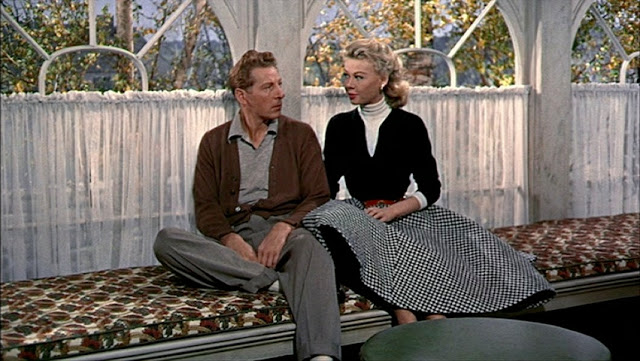
From a fashion perspective, the Beats owe more to the socialist labor movement in the 1930s than to 1950s style icons Christian Dior, Pierre Balmain and Norman Norell. All that said, there is still something compelling about these images. It is partly the stark expressive quality of black and white photography, but dramatic photography is not solely responsible for the appeal of these images and these people. They didn’t have fashion, but they had style; an indefinable something that is a combination of confidence and insouciance.
As the movement gained national attention, fashionistas put other influences into the Beat Movement such as the costumes worn by Martha Graham’s dancers in the 1940s. The dancers’ dresses were made of plain fabrics in solid neutral colors. The necklines were round and plain (no collars or decoration); the skirts were full (much like circle skirts) but, worn without full petticoats. The skirts were ankle length; the sleeves three-quarter length. None of the dresses had belts or any kind of decoration. Hair was worn in a high ponytail. The male dancers were dressed in plain black pants and black turtlenecks.

These dance costumes were reinvented by fashion designers in the 1950s and marketed as cutting edge/avant garde/intellectual attire. By the late 1950s every college had a small group of students who dressed in black tights and turtlenecks and eschewed fashionable attire.
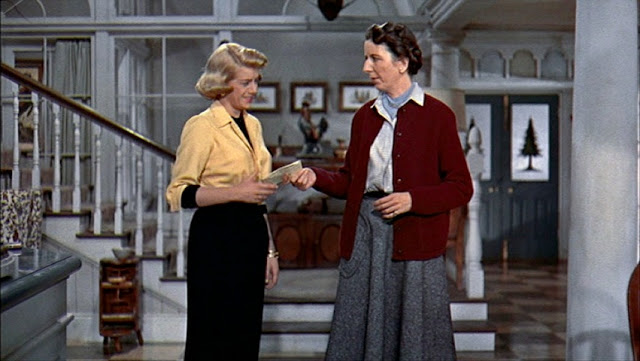
Hollywood got into the mix in several films: Funny Face (1957, Audrey Hepburn and Fred Astaire), White Christmas (1954, Bing Crosby and Danny Kaye), The Beat Generation (1959, Steve Cochran), Easy Come Easy Go (1967, Elvis Presley), Bell Book and Candle (1958, Kim Novak and James Stewart) and The Subterraneans (1960, George Peppard and Leslie Caron).
British photographer David Bailey began working in the 1950s. His best work is in black and white. His fashion images are not ‘pretty as a picture’. His models slouch and use their shoulders to defy traditional fashion posture while defining a new aesthetic that is much more working class than Seventh Avenue. His portraits have an informal intimacy and a projection of intellect that is wholly new…just as new and fresh as the words and sounds coming from The Beat Generation.
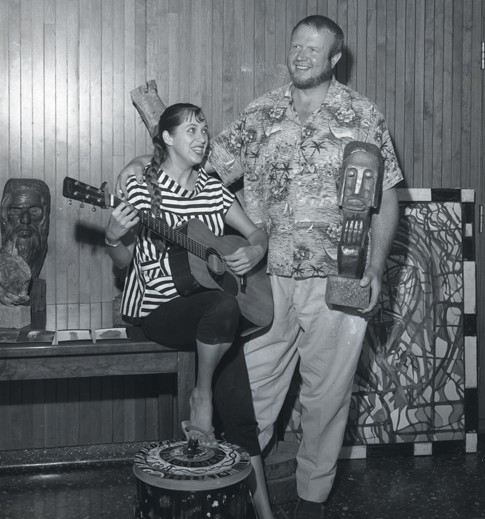
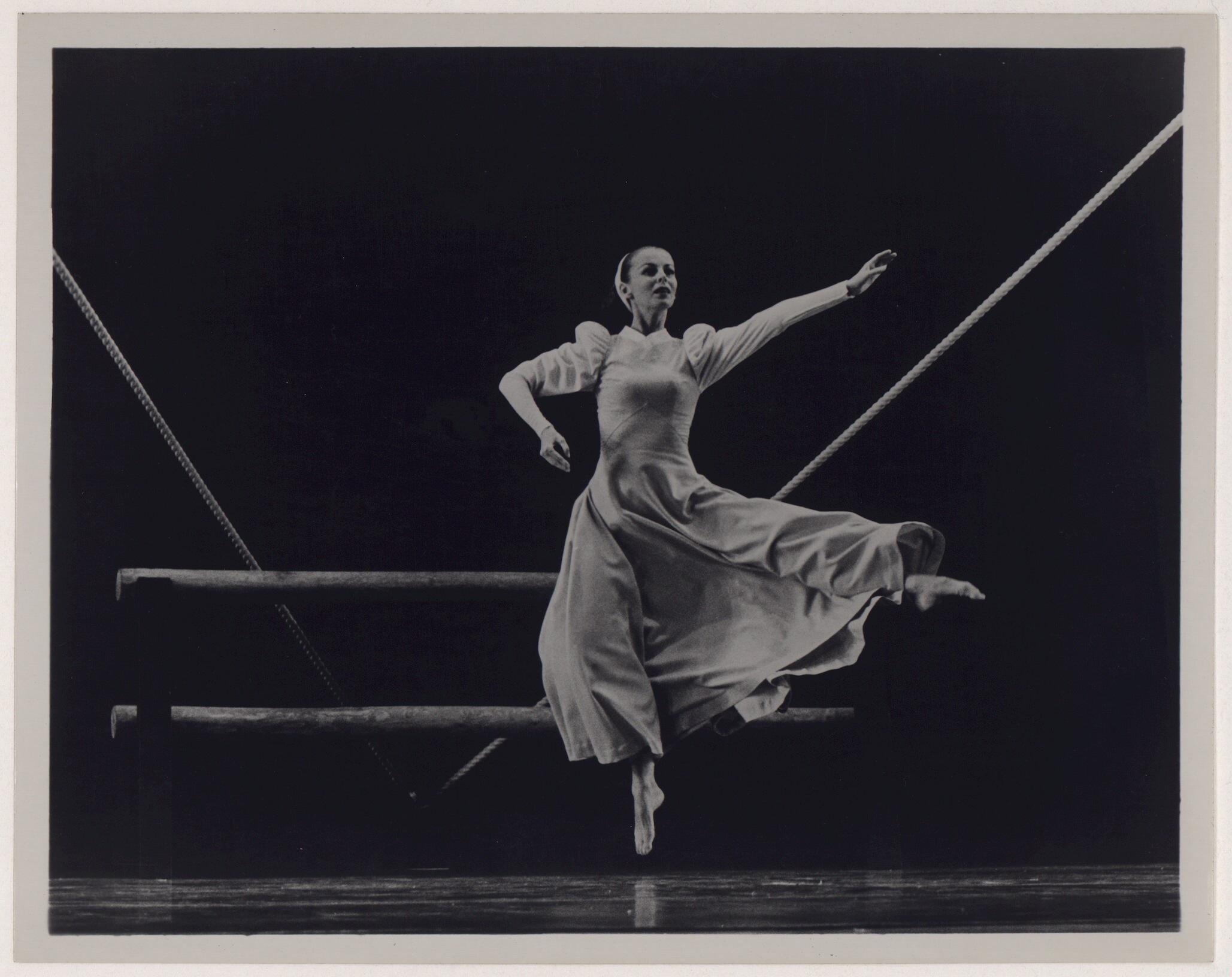

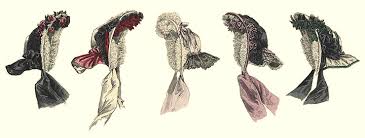
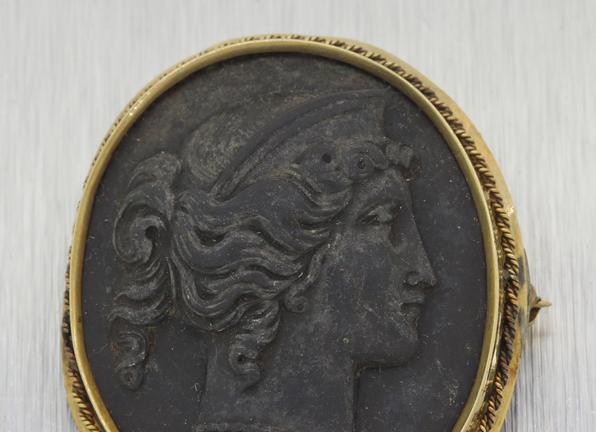
Leave a comment